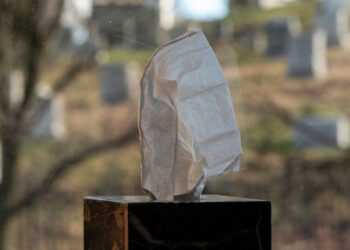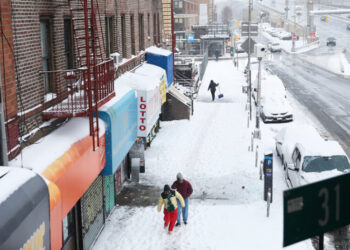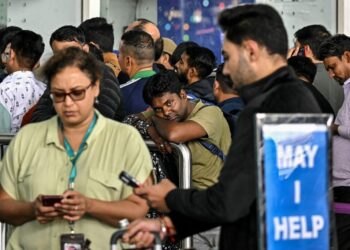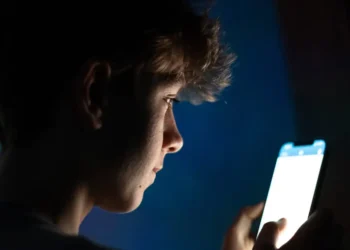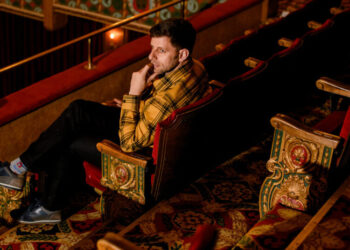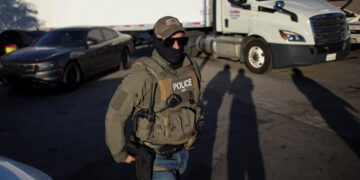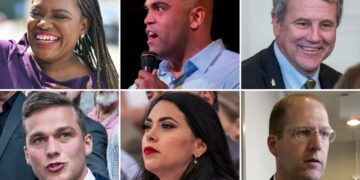A tornado was coming. I was holding my baby, and a tornado was coming.
The following is adapted and excerpted from “Foxes for Everybody: Twenty-Four Hours of Early Motherhood,” to be published by Northwestern...
This former Meta engineer, who quickly rose through the corporate ranks, says you shouldn’t ‘aim for promotions’
HeyGen CTO Rong Yan advises against focusing solely on promotions in tech careers. Illustration by Mateusz Slodkowski/SOPA Images/LightRocket via Getty...
Looking for love in 2026? Sports and physical activity are the hot new way to meet a mate: study
We’re ready to score. Dating can feel like a sport in itself, but new data has revealed that one of...
What Happens When Your Therapist Dies?
A few years ago, a colleague called to tell me our friend and fellow psychiatrist had collapsed at home and...
5 Operas You Can Watch at Home Now
Holiday weeks, quiet in many opera houses, are always a good time to take a detour from live performance to...
The Best Sentences of 2025
What a challenging year. Many of us struggle to make sense of what’s happening in America. We cope in different...
Five Takeaways From the New York Times Profile of Marjorie Taylor Greene
When Marjorie Taylor Greene proclaimed in early 2021 that the Republican Party “belonged” to Donald Trump, I thought she sounded...
Parts of New York and New England Brace for Ice Storm
Millions of people across New York State and New England were under winter weather warnings or advisories early Monday, as...
Robinhood’s CFO transition played out over 7 years and included a powerful mentorship story
Robinhood is known for propogating memestock mania, making its founders billionaires, and changing how Americans invest. But a model of...
India’s aviation meltdown exposes long-brewing pilot fatigue crisis
NEW DELHI — Every couple of weeks, the Indian pilot is required to make three short-haul night flights over two...



